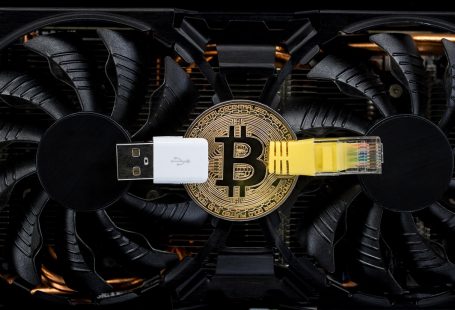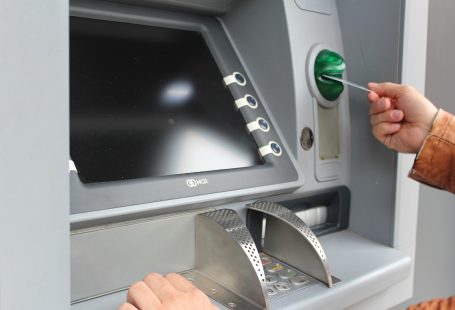Bitcoin is a revolutionary digital asset and payment system that has disrupted the traditional financial world. It is the first decentralized digital currency, meaning that it is not controlled by any central authority or government. Instead, Bitcoin is regulated by a set of mathematical algorithms, known as the Bitcoin Protocol.
The Bitcoin Protocol is a set of rules and regulations that dictate how Bitcoin works. It defines how new Bitcoins are created, how transactions are processed, and how the network is maintained. All Bitcoin users must abide by the rules of the protocol in order to use the network. The protocol is designed to be secure, open, and transparent, allowing anyone to view and verify the code.
The Bitcoin Protocol is designed to be an immutable and tamper-proof system. This means that it cannot be changed or altered, and any attempts to do so would be detected and rejected. This ensures that all transactions are secure and that nobody can manipulate the network.
The Bitcoin Protocol is also designed to be decentralized, meaning that it is not controlled by any one person or entity. This helps to ensure that the network is secure and that no one person can control it.
Overall, the Bitcoin Protocol is an important part of the Bitcoin network. It provides a secure, open, and transparent system for users to transact with each other. It also helps to ensure that all Bitcoin transactions are secure and that the network remains decentralized.


